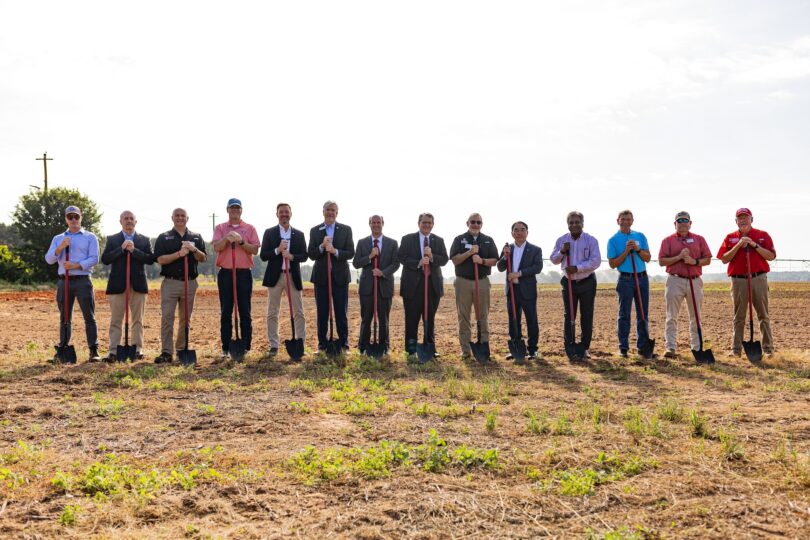
Volume XXIX |
By David Berle
University of Georgia
Simply choosing which information source to follow can drive you to hire a professional to make all the decisions. Somewhere between the glossy magazine pictures and a hired professional is the well-informed, creative homeowner: you.
An old saying, "there is no such thing as a bad plant, only one that is misplaced," is true to a large extent. No matter how bad the overall design, it will look good if the plants are happy.
Another old expression is, "I never met a plant I didn't like." Everyone has his own preferences for colors, shapes and texture.
It's easy
Given the diversity in the plant world, it's not hard to find home landscape plants that suit anyone's tastes, no matter what the trends are in California.The best place to start is your neighborhood. Drive around and look for both good and bad examples of your ideal landscape.
Visit some of the many public gardens and displays, too, throughout Georgia and the Southeast. Make a trip to local nurseries and garden centers to see what's available. Make a folder that includes pictures and articles that describe a look that suits both your location and your own taste.
With some idea of how you want your landscape to look, these plant-selection guidelines will help ensure your landscape is happy.
Plant the right stuff
First, always use plants suited to the local environment. That includes concerns about cold hardiness, frost dates, soil drainage, rainfall and even site-specific problems like deer and salt water. Having locally adapted plants is better than any plant guarantee the nursery can offer.Second, become familiar with the site and the individual requirements of your favorite plants. Observe the pattern of the sun and the movement of water during a heavy rain. Locating a plant in the wrong light or drainage situation can be the kiss of death and ruin any good landscape design.
A plant requiring full sun means at least six hours of direct sunlight per day. A shade-loving plant can tolerate no more than four hours of direct sunlight. A plant that is tolerant of "wet feet" may not like growing on a dry hillside.
How big will they grow?
Third, consider the mature size of the plants you're using and locate them accordingly.One of the biggest mistakes in landscape design comes when it's time to place the plants in the ground. Every landscape plant looks small in a tiny nursery pot. Sometimes that little round shrub in the pot turns into a giant beanstalk, growing taller than a two-story house.
There's always a temptation to bunch small container plants close together or up close to a house to make it look fuller in the beginning. But the result is overcrowding and serious maintenance concerns down the road.
Knowing how tall and wide a plant will grow must be coupled with a willingness to give the plant time to reach that size. Some plants grow so fast they must be pruned constantly. Others take years to grow a few inches.
Trust your instincts
If any landscape design trend were ever worth following, it would be the trend toward personalized gardens. Your landscape should be a reflection of what you like and how you want to express yourself.The landscape is an open palette, waiting to be filled with your favorite plants and landscape features. As long as the plants you use thrive where you place them, you alone can decide what looks best.
You can find more information about locally adapted plants and guidelines for plant selection at your county University of Georgia Extension Service office.
(David Berle is an Extension Service horticulturist with the University of Georgia College of Agricultural and Environmental Sciences.)






